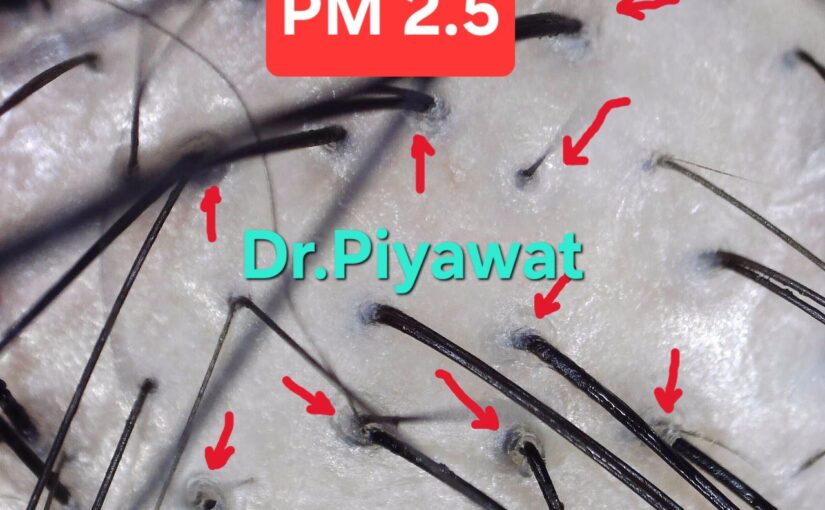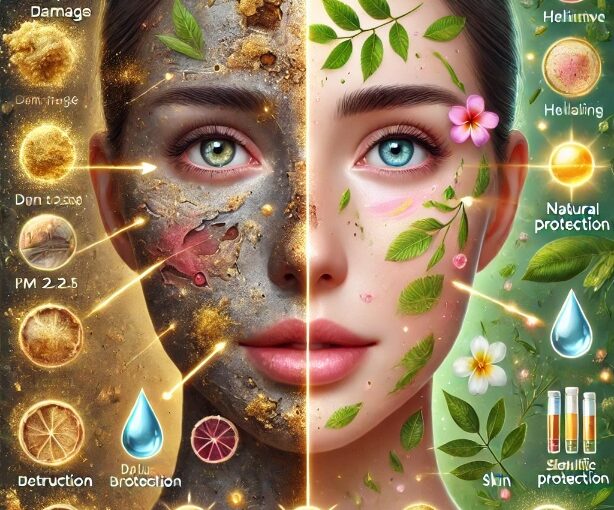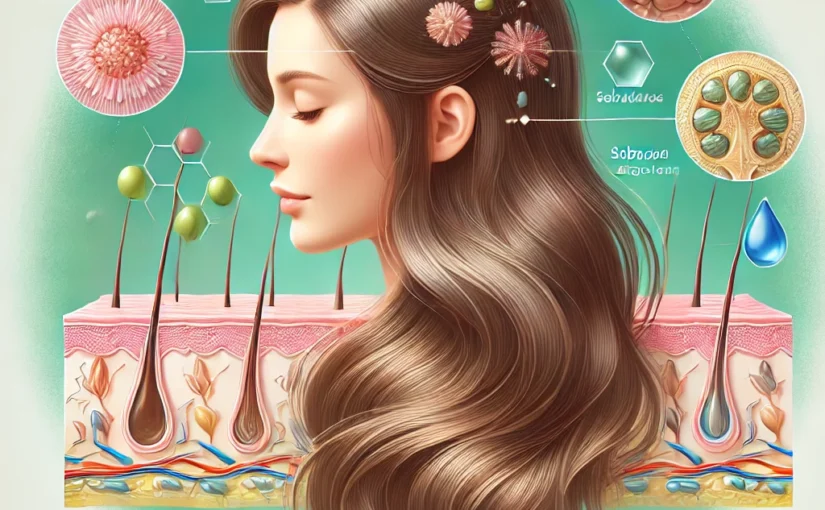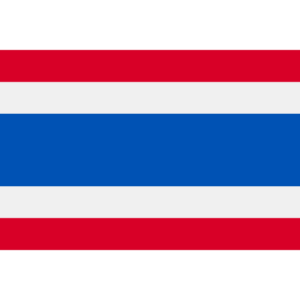
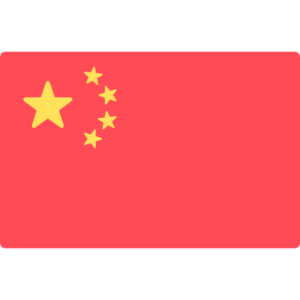
Hair and scalp are essential parts of the body that not only contribute to appearance but also reflect overall health. Understanding the basics of hair and scalp care can help maintain healthy hair, prevent hair loss, oily scalp, dandruff, and other common issues.
Structure of Hair
Hair Shaft
Hair is composed of keratin, a type of protein also found in nails and skin. Each hair strand consists of three main layers:
- Cuticle – The outermost layer, composed of overlapping scales that protect the inner hair structure from environmental damage such as sun exposure, heat, and chemicals. When these scales are lifted, hair appears rough, dry, and frizzy.
- Cortex – The middle layer, containing tightly packed protein fibers that provide strength and flexibility. It also houses melanin, which determines hair color.
- Medulla – The innermost layer, consisting of small hollow structures made of protein and fat. It is typically found in thick or healthy hair strands.
Hair Root
The hair root is the part located beneath the scalp, responsible for generating and producing new hair to replace shed strands. The root consists of two main components:
- Hair Follicle – A small pocket embedded deep in the dermis, housing structures essential for hair growth.
- Hair Bulb – A rounded structure at the base of the follicle containing matrix cells, which divide and grow to form new hair strands.
Hair Growth Cycle
Hair grows from the follicle embedded in the scalp, supported by blood vessels and sebaceous glands. The hair growth cycle consists of three main phases:
- Anagen Phase (Growth Phase) – The active growth stage, lasting 2-7 years.
- Catagen Phase (Transition Phase) – A short period (about 2-3 weeks) where hair stops growing and detaches from its blood supply.
- Telogen Phase (Resting Phase) – Lasting 2-4 months, this is when old hair sheds and new hair starts to grow in its place.
Scalp and Sebaceous Gland Function
The scalp contains sebaceous glands, which produce natural oils to keep hair moisturized. If these glands malfunction, it can lead to various scalp issues, such as:
- Oily Scalp – Can cause dandruff, limp hair, and even scalp acne.
- Dry Scalp – Leads to itchiness, flaking, and dry dandruff.
- Inflamed Scalp – May result from fungal infections, allergies, or unsuitable hair products.
Factors Affecting Hair and Scalp Health
Several factors influence the health of hair and scalp, including:
- Nutrition – Deficiencies in iron, protein, biotin, and omega-3 can cause hair loss and dryness.
- Hormones – Androgen hormones (e.g., testosterone) contribute to genetic hair loss, while estrogen decline (e.g., menopause) can also affect hair density.
- Stress and Illness – Can push hair into the shedding phase prematurely.
- Chemical and Heat Exposure – Frequent hair coloring, perming, straightening, and high-heat styling can weaken and damage hair.
- Hair Washing Routine – Overwashing or using inappropriate shampoos can disrupt scalp balance.
Proper Hair and Scalp Care
To maintain a healthy scalp and strong hair, follow these guidelines:
- Choose the Right Shampoo and Conditioner – Those with sensitive scalps should opt for sulfate-free, fragrance-free, and chemical preservative-free formulas.
- Wash Hair Properly – Adjust frequency based on scalp condition and daily activities (e.g., wash daily if exposed to sweat and pollution).
- Avoid Excessive Chemical Treatments – If necessary, use natural-based products to reduce irritation.
- Eat a Nutrient-Rich Diet – Consume protein, vitamins, and minerals that promote hair health.
- Maintain Overall Health – Exercise regularly, get enough rest, and manage stress effectively.
Conclusion
Hair and scalp health is essential for both appearance and overall well-being. Understanding the structure, growth cycle, and key influencing factors allows for better hair care choices. By maintaining proper scalp hygiene, using suitable products, and following a balanced lifestyle, you can achieve strong, shiny, and problem-free hair.
If you experience excessive hair loss, thinning, or scalp abnormalities, consulting a specialist can help determine the best treatment options.
